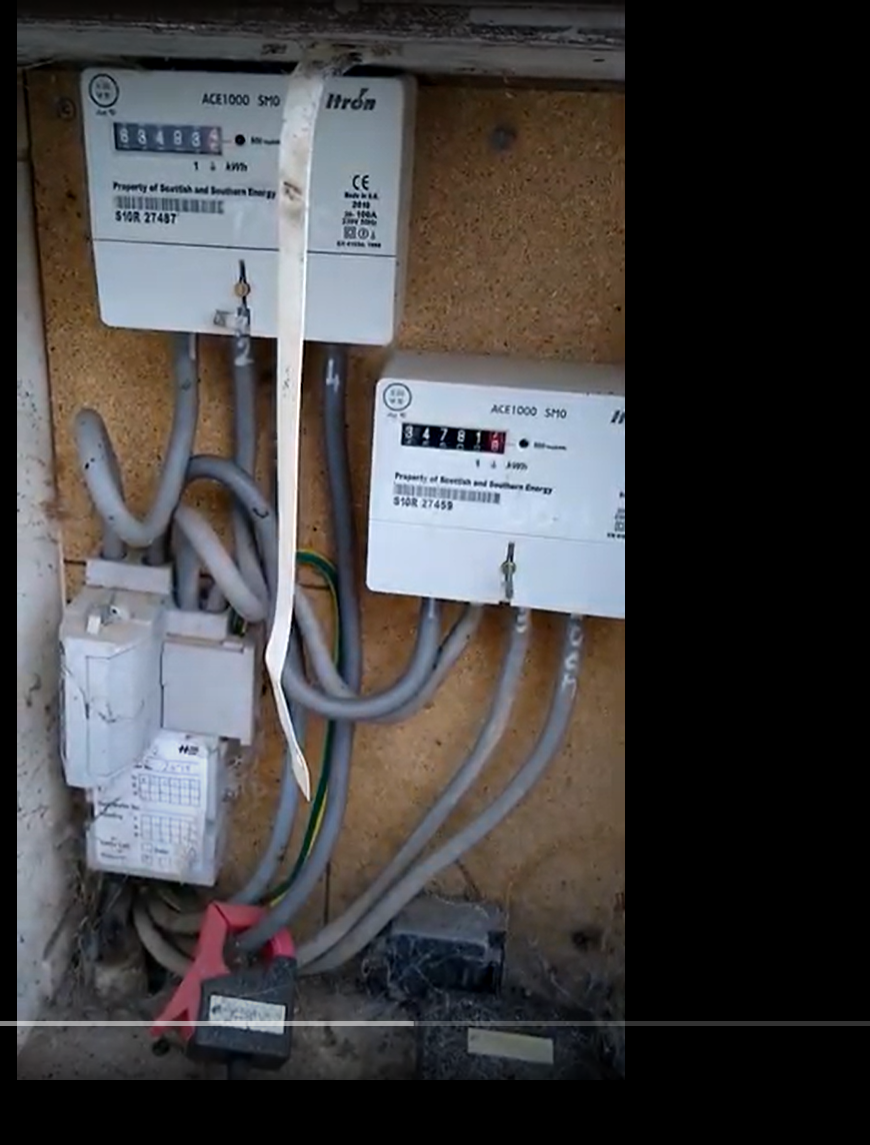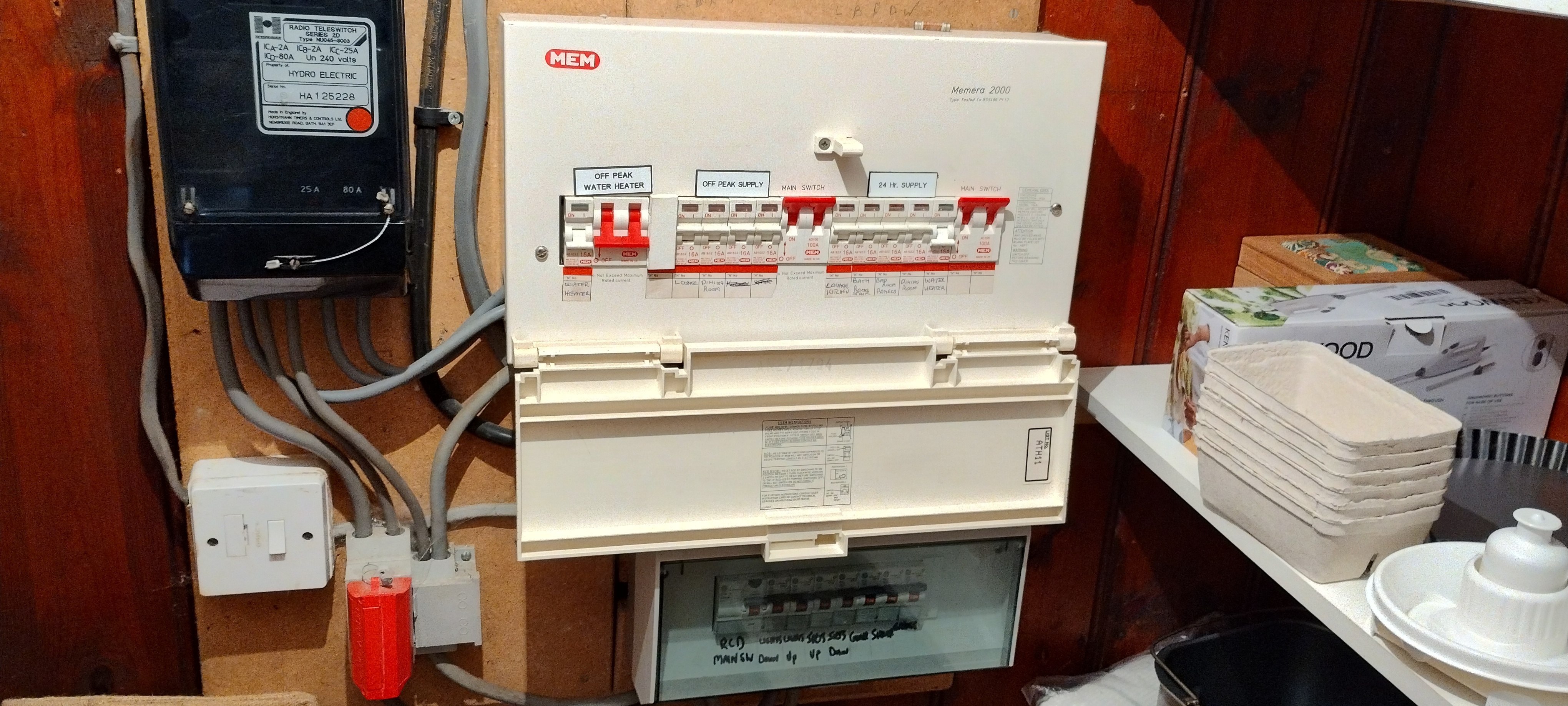I have a THTC meter and a DOM meter, two meters. One is for hot water and the other for electricity.
Which meter is for the water? Is it the one labelled THTC or the one labelled DOM?
Also, if the DOM is the water and the THTC is the electric, when I switch off the water heater, why doesn’t the DOM stop running? THe DOM meter continues to run and is the Anytime meter reading I have to give .The THTC is the heating meter according to my OVO account.







